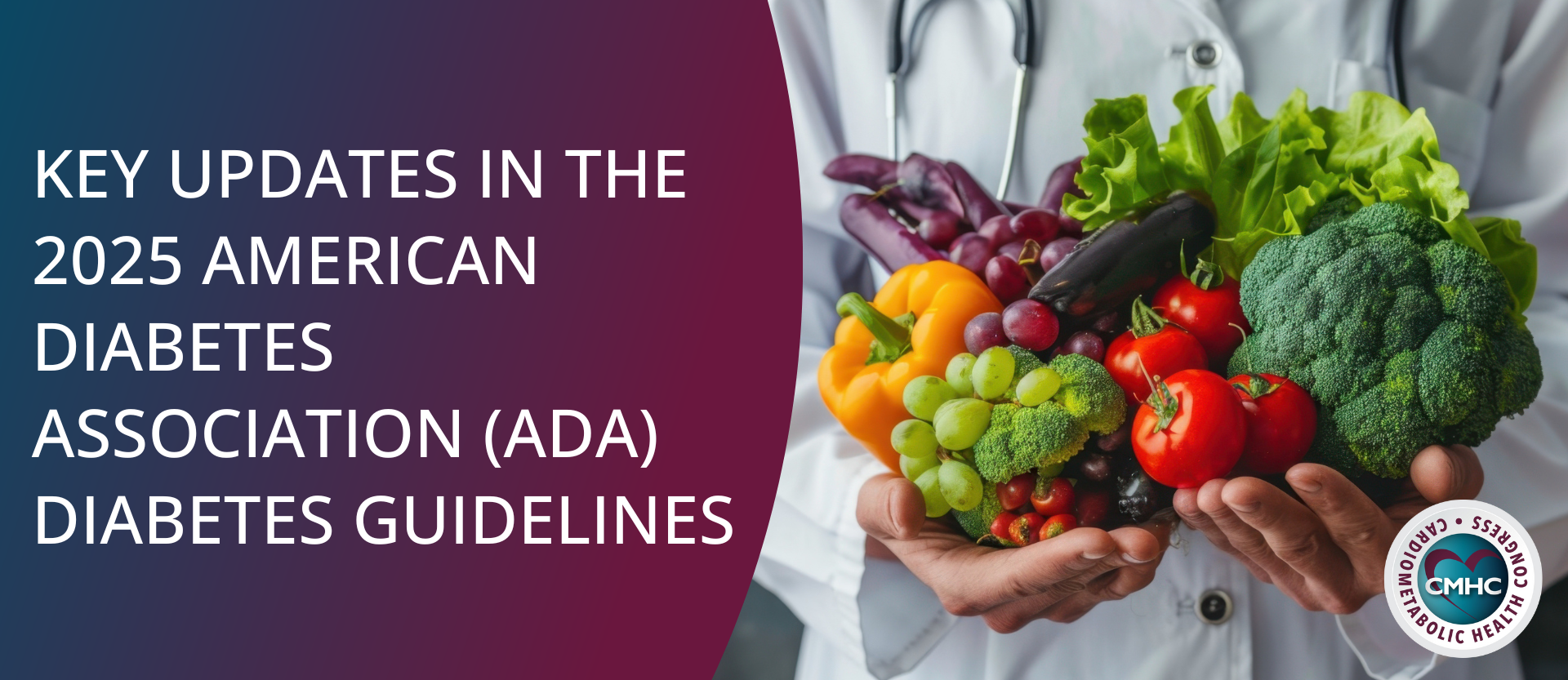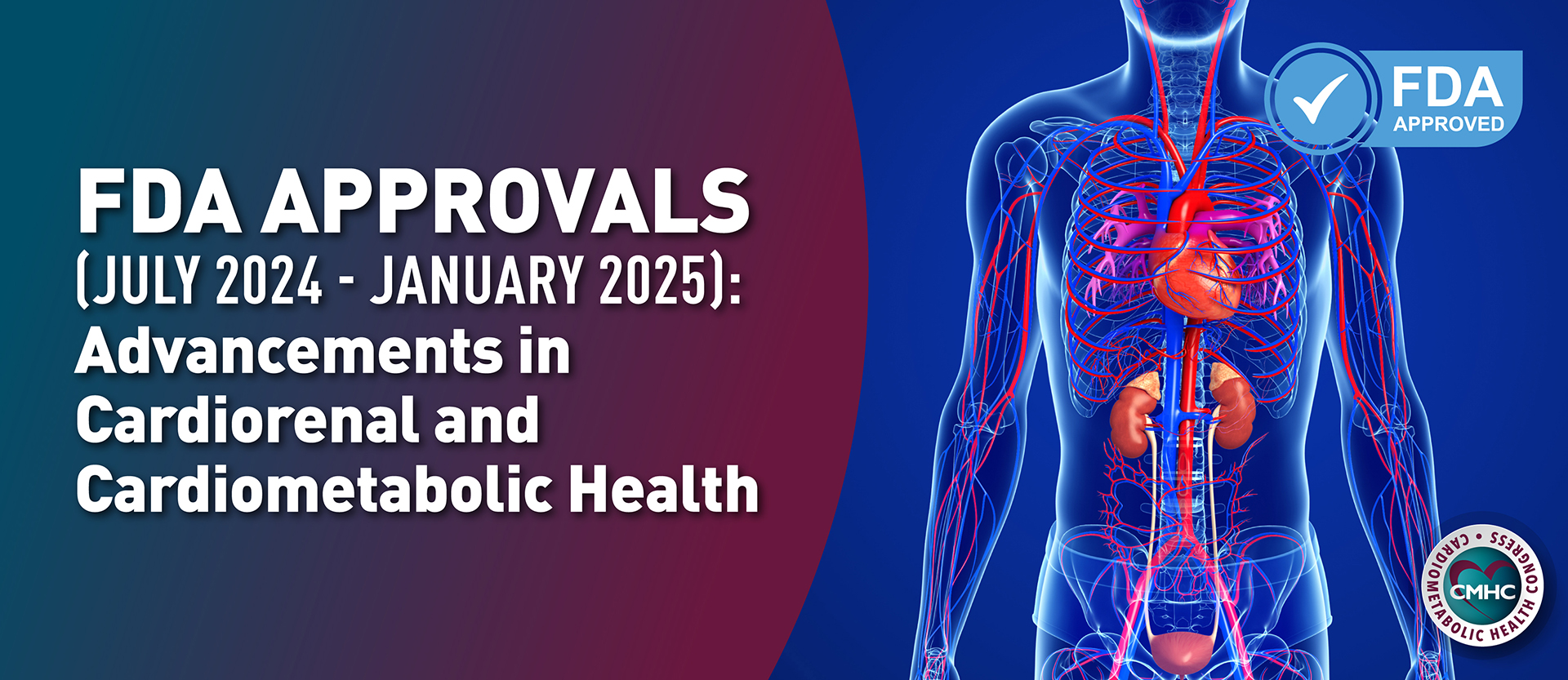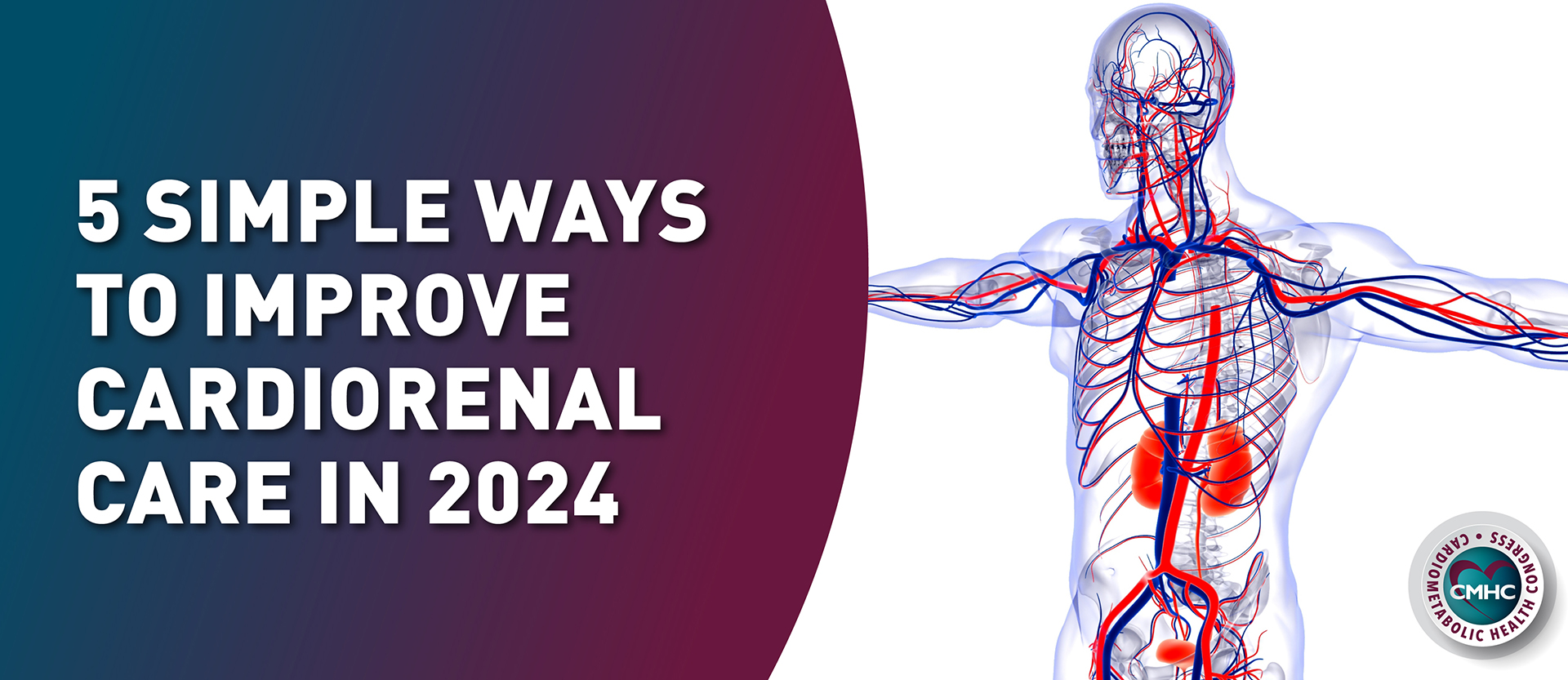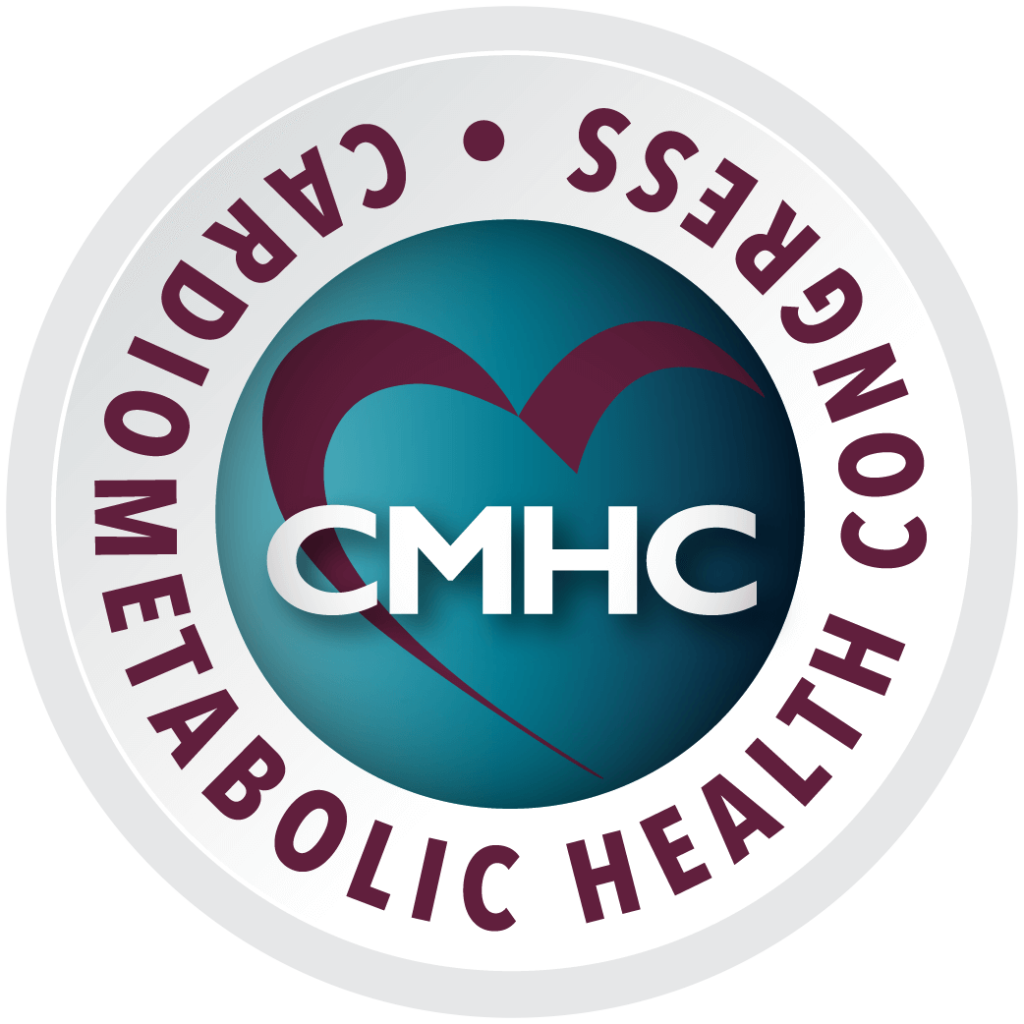Research published on Feb. 20, 2023, by Rafiqul Islam, PhD, and colleagues from Queensland University of Technology may have uncovered a concrete link between blood sugar regulation and a predisposition to migraine.
Established Link Between Migraine and Blood Sugar
For the 10% of the global population prone to migraines, blood sugar fluctuations are a well-established trigger for an episode. In fact, the debilitating neurological disorder was first described in a 1935 paper titled “Hypoglycemic Headache,” published by P.A. Grey, MD, in the journal Endocrinology.
Building on this existing but confounding relationship, a new study from researchers at Queensland University of Technology sought additional evidence to support the connection between migraine and blood sugar, suggesting a common genetic link.
Researchers examined the link between migraine and nine glycemic traits such as insulin resistance, low blood sugar levels, and hyperinsulinemia (increased levels of insulin in the blood) and type 2 diabetes in European populations.
A Common Gene?
The co-occurrence of headache, migraine and blood sugar imbalances has long been reported but never understood at a genetic level. If a common gene or genetic pathway could be identified, it would be the basis for an inferred causal association and an improved understanding of the relationship between migraine, headache and certain glycemic traits.
Study Snapshot
A research team examined the genomes of thousands of people with and without migraine to establish any potential genetic links. Cross-trait analyses were carried out to highlight shared genes and pathways that were tested for casual relationships.
The study consisted of three stages:
- Collecting and preparing genome-wide association summary statistics of migraine, headache, and glycemic traits of participants of European descent.
- Conducting single nucleotide polymorphism (SNP)-level analyses to identify genetic overlap, novel loci, and causal associations between migraine and headache with glycemic traits.
- Applying gene-level pathway analyses to pinpoint shared genes between migraine and headache with glycemic traits.
Seven genomic regions (MANBA, ELFN1, AP3B1, HSPA4, MANBA, NBEAL1, and GOLGA6A) were identified to have the strongest shared association between migraine and headache with four of the nine glycemic traits investigated: glucose, fasting insulin, glycated hemoglobin and fasting proinsulin.
These findings support a basis for future migraine treatments that target blood sugar, particularly increasing fasting proinsulin levels to protect against migraine and headache.
Conclusions and Implications
 The results from the Queensland University of Technology study may provide the groundwork for novel strategies and therapies to reduce headache and migraine in people with diabetes or who experience glycemic fluctuations.
The results from the Queensland University of Technology study may provide the groundwork for novel strategies and therapies to reduce headache and migraine in people with diabetes or who experience glycemic fluctuations.

“Our findings provide avenues to develop novel treatment strategies for managing glycaemic traits in migraine and headache patients, particularly increasing fasting proinsulin level to protect against headache.” - Rafiqul Islam, PhD
- https://link.springer.com/article/10.1007/s00439-023-02532-6
- https://academic.oup.com/endo/article-abstract/19/5/549/2772016


